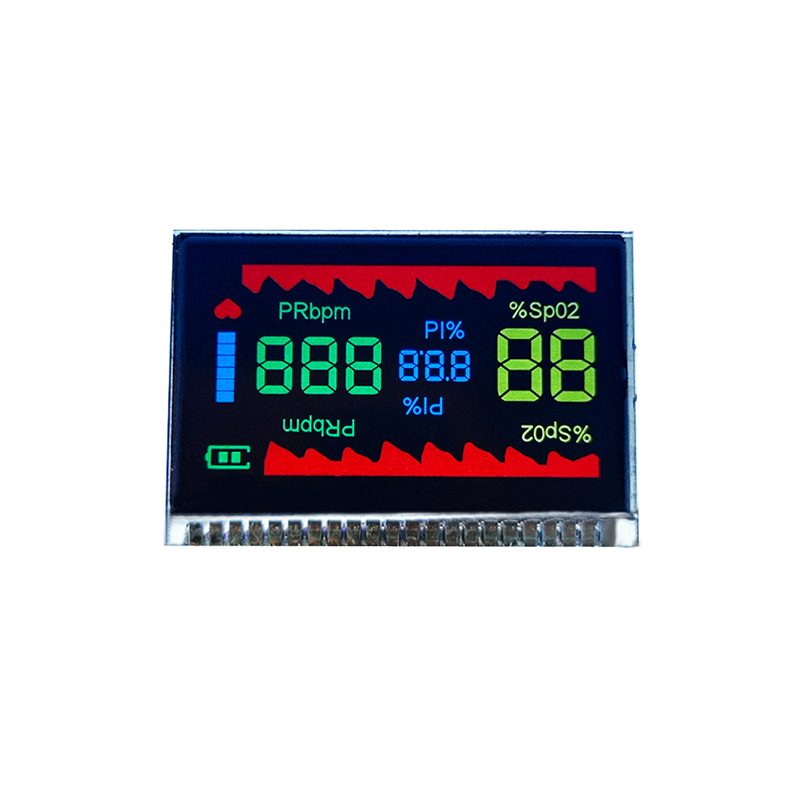
The combination of Arduino's versatility and the vibrant visual capabilities of TFT displays opens a world of possibilities for DIY enthusiasts and hobbyists. From simple digital clocks to sophisticated data visualization tools, the applications are virtually limitless. This article provides a curated selection of best Arduino TFT display projects, categorized by complexity and application, along with resources and tips to help you get started. Whether you're a beginner taking your first steps with Arduino or an experienced maker looking for new challenges, you'll find inspiration here.
A classic introductory project, building a digital clock on a TFT display is a great way to learn the basics of Arduino programming and TFT screen interaction. Many tutorials are available online, guiding you through the process of setting up the hardware and coding the time display. You can enhance this project by adding features like date display, alarms, and different clock faces. Consider using a library like Adafruit_TFTLCD for simplified interaction with your display.
This project involves reading sensor data (temperature, humidity, light, etc.) and displaying it on the TFT screen in real-time. This provides a hands-on experience with sensor integration and data visualization. Libraries like Adafruit_GFX can assist with creating visually appealing displays.
Combine a weather sensor (like DHT11 or BME280) with a TFT display to create a customized weather station. Display current temperature, humidity, pressure, and even forecasts (if you integrate with a weather API). This project demands a deeper understanding of data processing and display formatting.
Integrate a touch-screen TFT display with an audio module (like the DFPlayer Mini) to build a music player. The user interface can be designed for intuitive navigation, with buttons for play/pause, volume control, and track selection. Libraries supporting touchscreen interaction, like the ILI9341_t3 library will be essential.
Develop a dashboard that displays data from multiple sensors or external sources. This requires advanced programming skills and might involve using external libraries for data manipulation and graphical representation. The possibilities are vast – create dashboards for home automation, environmental monitoring, or industrial process control.
A more ambitious project, creating a retro game console emulator requires significant programming expertise and potentially the use of external libraries or frameworks. This project will challenge your coding abilities and provide a very rewarding outcome.
The selection of a suitable TFT display is crucial for your project's success. Factors to consider include resolution, size, color depth, touch functionality, and interface type (SPI, I2C). Many manufacturers offer a wide range of options; research thoroughly before purchasing.
| Feature | Option A | Option B |
|---|---|---|
| Resolution | 320x240 | 800x480 |
| Size | 2.4 | 5 |
| Touch | No | Resistive |
For high-quality and reliable TFT displays, consider exploring options from reputable suppliers such as Dalian Eastern Display Co., Ltd.. They offer a wide variety of TFT displays to suit different project needs and budgets.
Remember to always consult the datasheets of the chosen components and libraries to ensure compatibility and proper usage. Happy creating!












